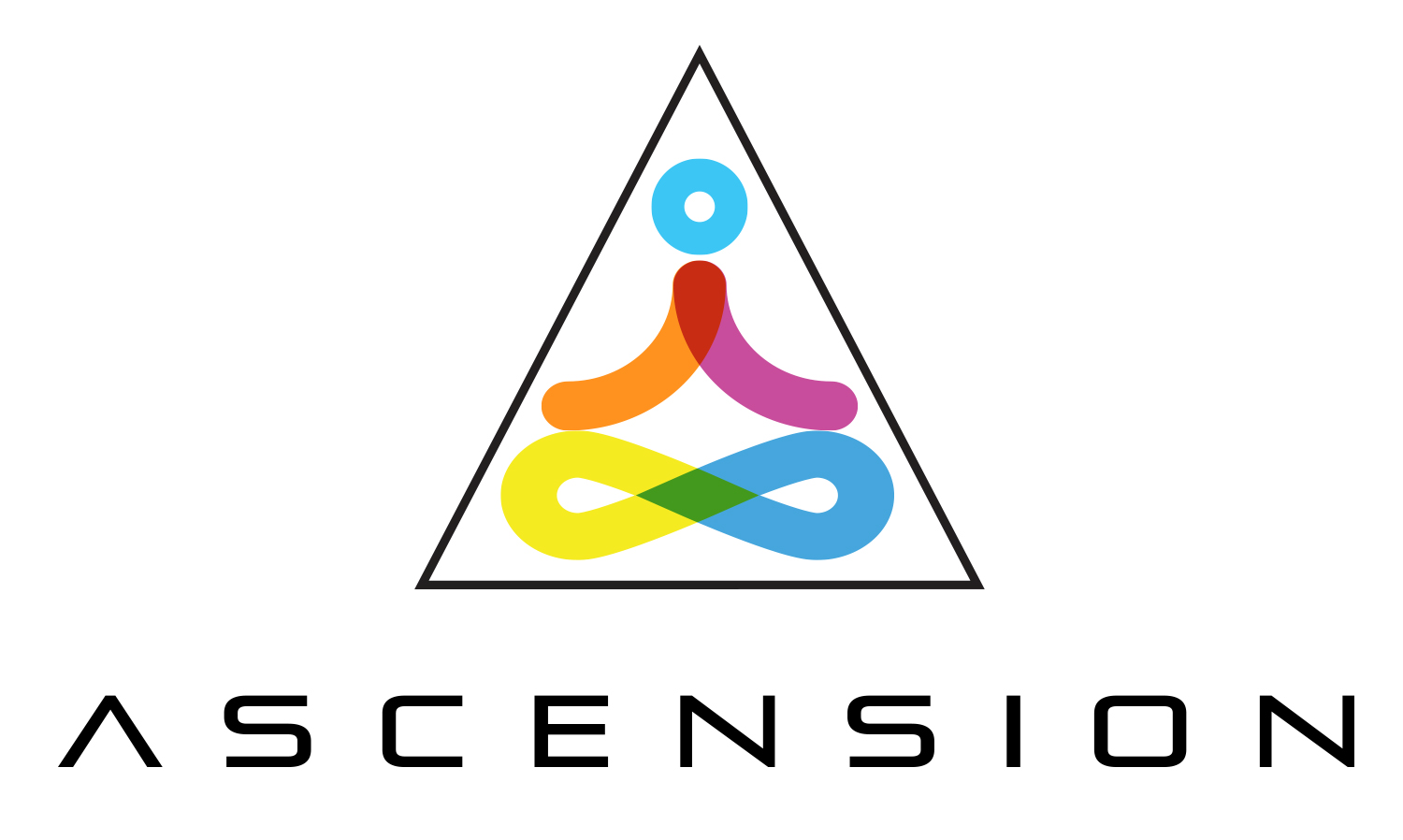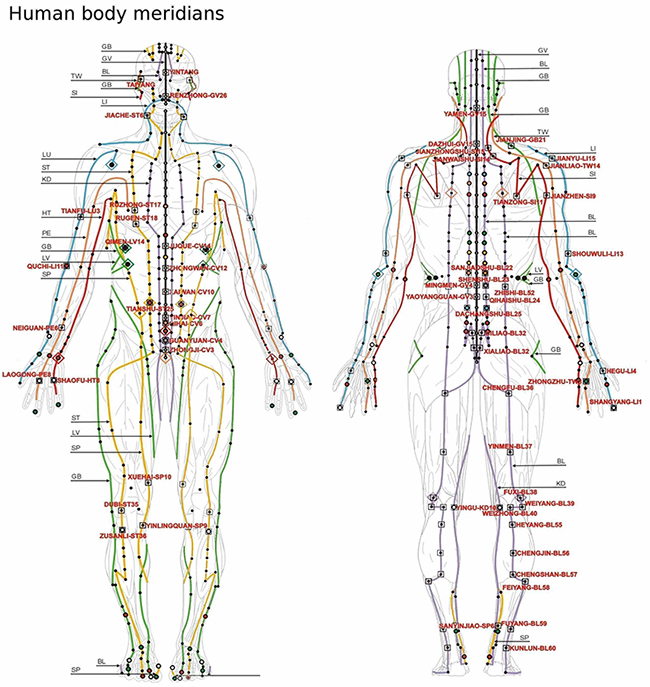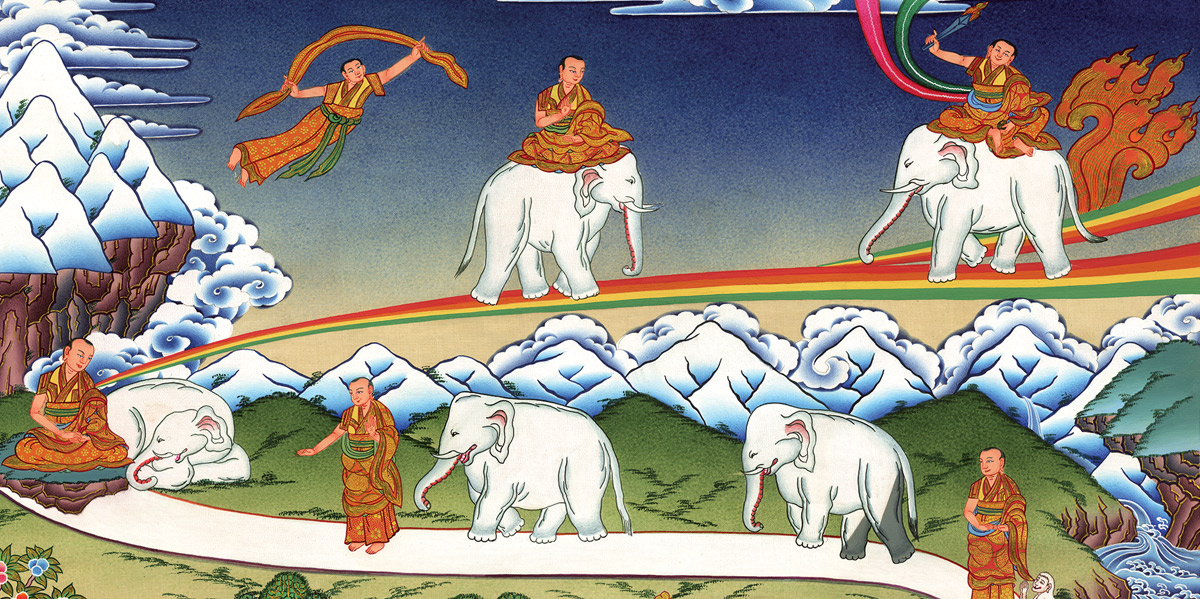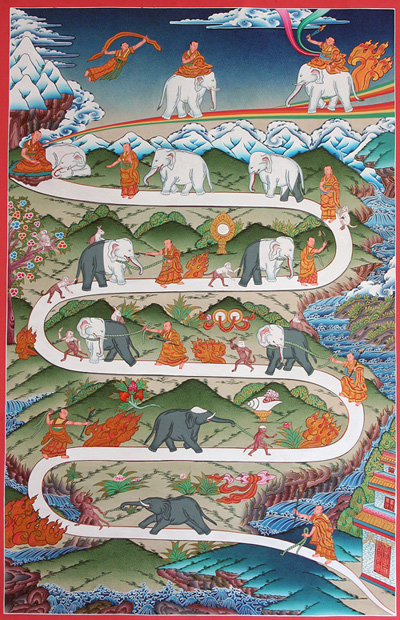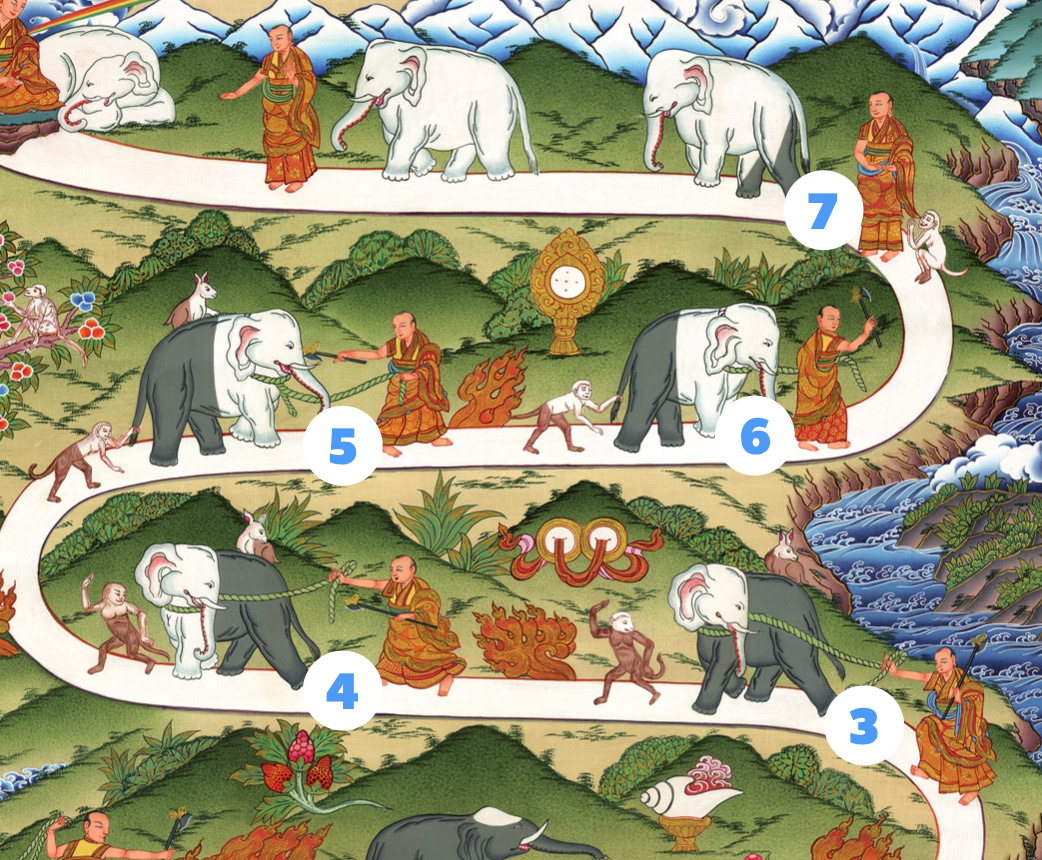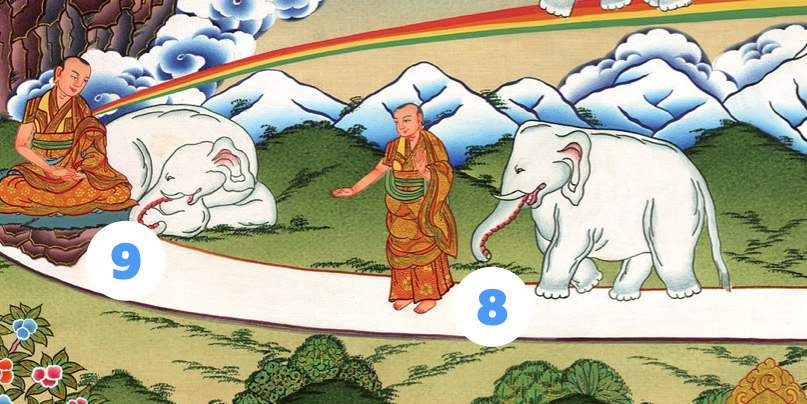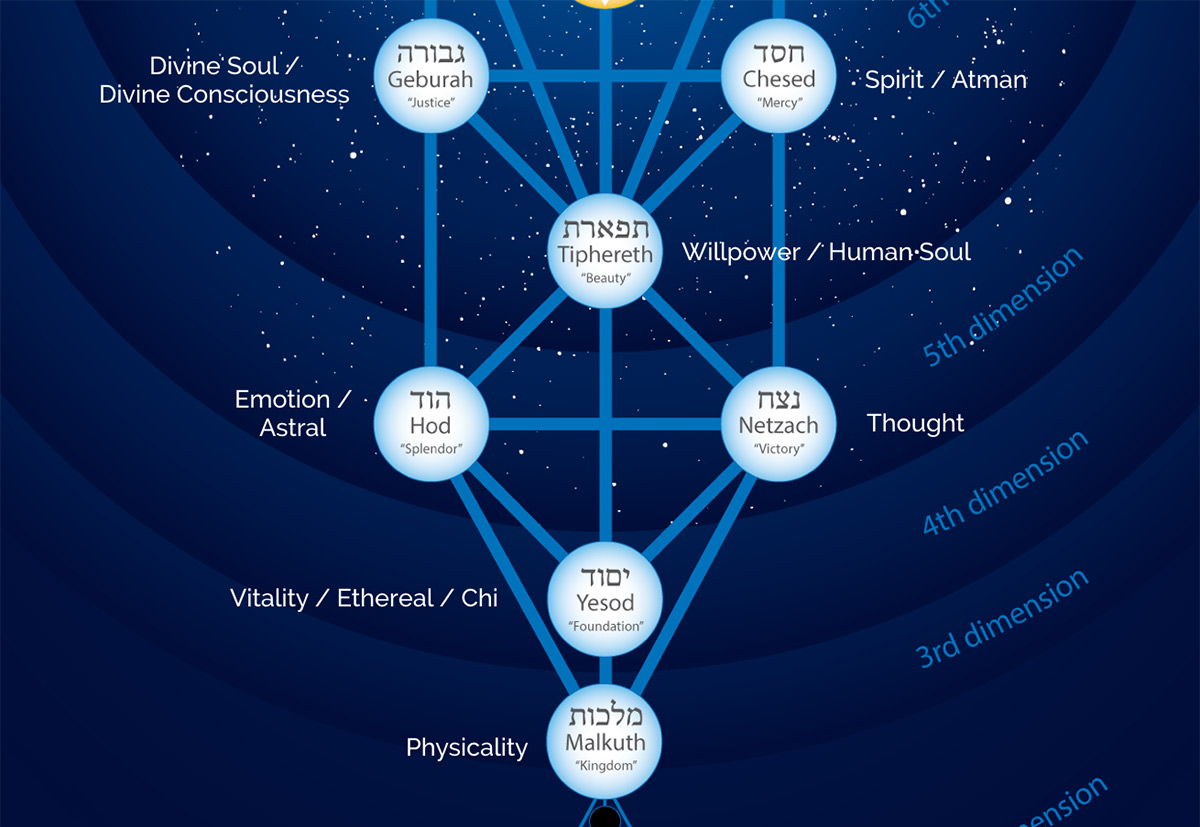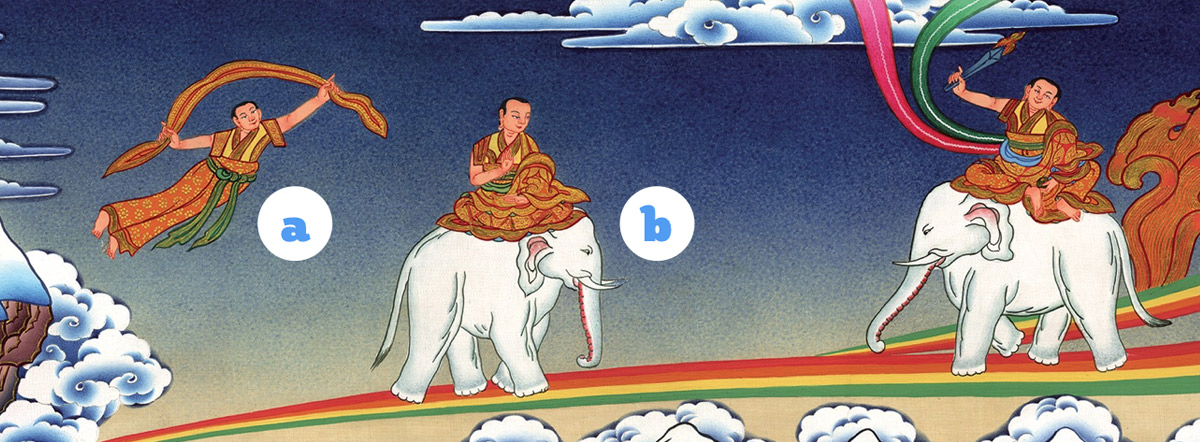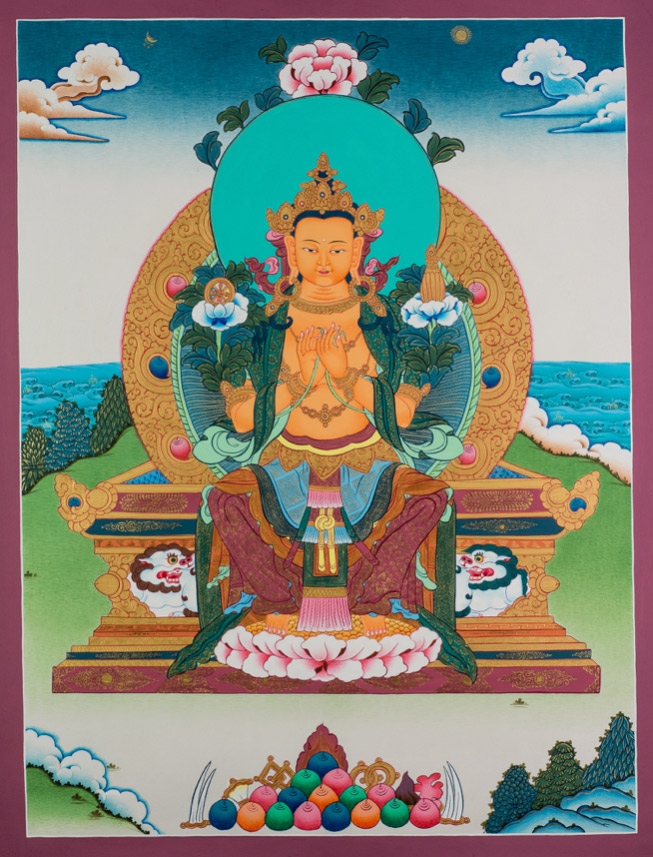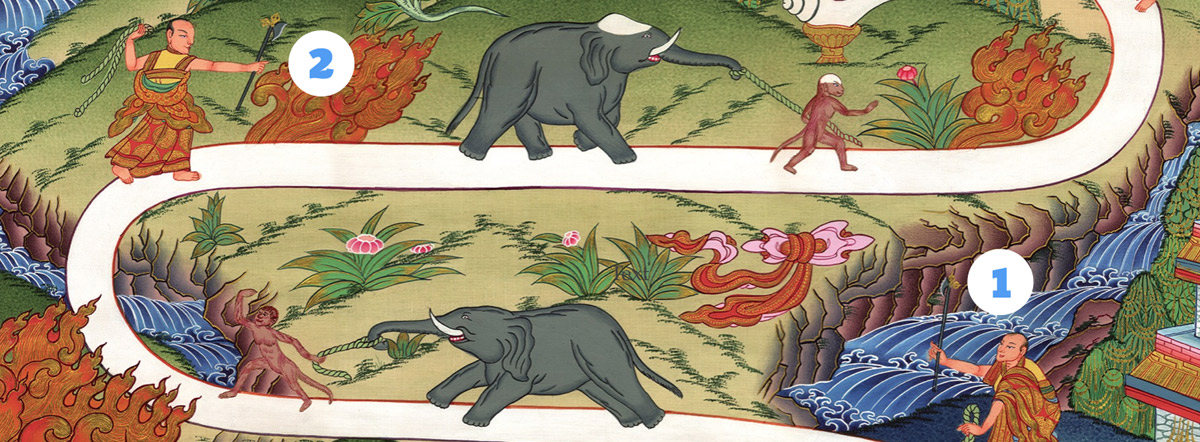As we move into the next phase of our global renaissance, copious creativity is the axis on which our elevation will turn. How deeply are we willing to tap our inner reservoirs? Can we expand our perception of what constitutes “art”?
José Argüelles, who adapted the evolutionary secrets of the Mayan Calendar for the Western mind, saw art as the unifying field, a path to help us move “from biospheric waste to artistic regeneration,” by attuning ourselves to a natural time frequency expressed as an equation: T(E) = Art. Energy (E) factored by time (T) equals Art. Energy is essence: a rock, a flower, a star, a human being. Time is a frequency. When we use our energy in concert with natural time cycles, we are living creativity. In other words, Time is Art…not the clock on the wall or the cash in your wallet.
Eye of the Beholder
What this means in terms of cross-cultural energy exchange opens unimagined doors. A woman traveled from Denmark to the tiny West African country The Gambia, toting numerous colorful plastic bags — prized by Gambian women as symbols of status and respect — to use as barter. (Women of The Gambia also recycle worn or ripped plastic bags into one-of-a-kind purses).
In the marketplace, she discovered a hand-carved figure of an African goddess and, through gestures, opened negotiations to purchase the stunning piece.
But the indigenous artist had no interest in money. She wanted plastic bags. The Danish visitor tried to give her all the bags she’d brought, explaining that there was a surplus of these in her country. The Gambian sculptor accepted three, and each woman felt she’d enjoyed the better bargain. Plastic bags or a unique woodcarving: equally sacred art in the eye of the beholder.
Then there is the children’s book that became a collaboration between two Jewish translators, a Protestant editor, a Muslim painter and a non-profit publisher in the deep South. It was a collective endeavor all the way, explained one rabbinical writer: “An Arabic Sufi tale (originally penned in what is now Iraq) translated by a rabbi into Hebrew in the Middle Ages and translated by us (into 21st century language and sensibility), with a Sufi publisher and a Pakistani artist.” The subject matter — animals protesting their treatment by humans — transcended all ethnic, cultural, and religious boundaries.
The Art in our DNA
The universal urge toward the aesthetic is coded in our cells. Theologian and author Thomas Moore writes, in Care of the Soul, “Children paint every day and love to show their works on walls and refrigerator doors. But as we become adults, we abandon this important soul task of childhood.” When we relinquish this soul expression to professional artists, “we are left with mere rational reasons for our lives, feelings of emptiness and confusion, and a compulsive attachment to pseudo images, such as shallow television programs. When our own images no longer have a home, a personal museum, we drown our sense of loss in pale substitutes, trashy novels or formulaic movies.”
Because art arrests our attention, living “artfully” might require of us something as simple as pausing: taking the time to shift from acquire to inquire, to let go of buying more in favor of being more. This is what honoring our collective creative impulse can do for humanity: restore us to wholeness, holiness, health. “Whole”, “holy” and “heal” all spring from the same root. To be whole is to be balanced and harmonious in body, mind, soul and spirit.
It’s this level of awareness that will characterize the coming Psychozoic (“spirit life”) era, says Argüelles, when, having rediscovered who we are, we can create a culture based on the three virtues of true time: autonomy, equality, and loyalty to the truth in every moment. These are strikingly similar to the Three Commitments delineated by The Reconnections: stay free, stay present, follow the energy.
We already have fusion food: a culinary blending of cultures to delight the palate. Now we’re primed to feed our deeper hunger, to fuse mind and heart into healing art, and reawaken the sacred dimension in daily life.
And if we make a subtle shift — move the “h” in heart from the start of the word to the end — we create “Earth”. We live in a heart circle. Earth heart. The beat goes on.
© Copyright 2005-2017 by Amara Rose. All rights reserved.
About the Author:
Amara Rose is a metaphysical “midwife” for our global rebirth. She offers spiritual mentoring, e-courses, a CD/mp3 of the journey to awakening, and an inspirational monthly newsletter.
Learn more at LiveYourLight.com. Connect with Amara on Twitter and Facebook.

